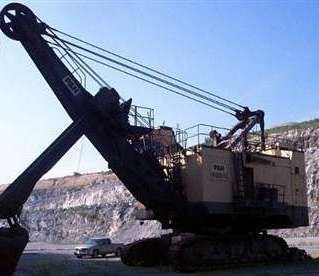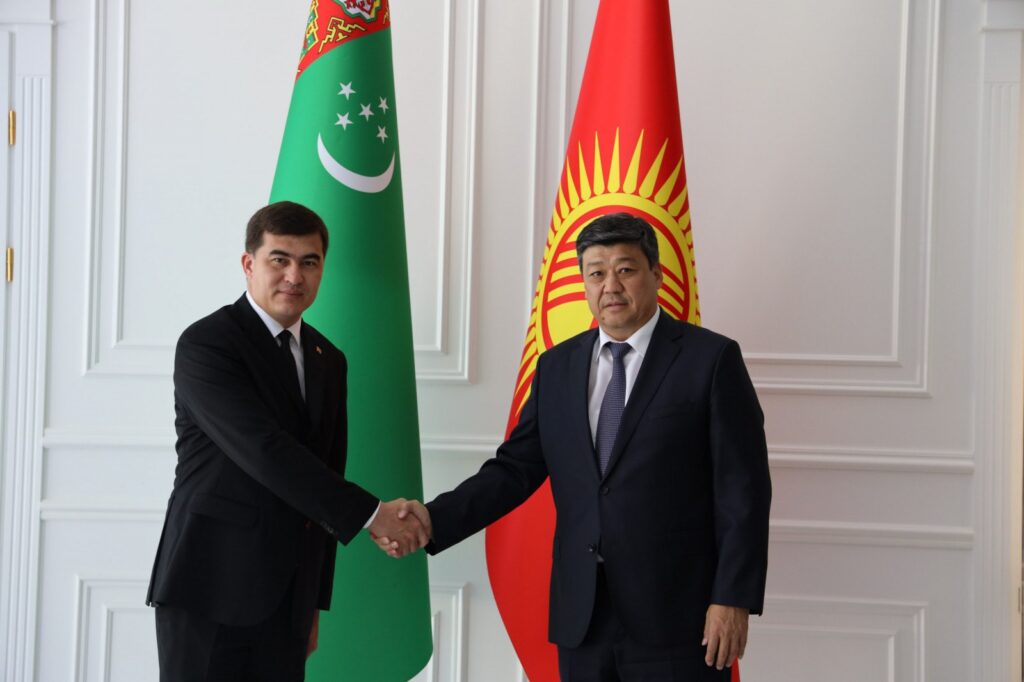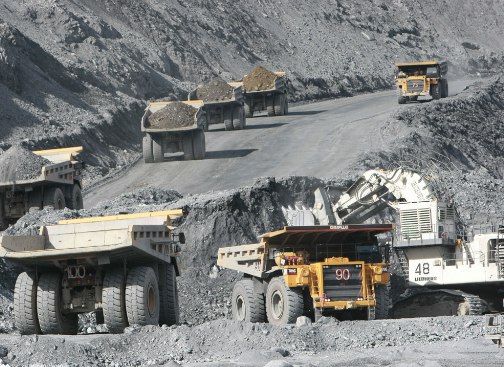BISHKEK (TCA) — Looking at figures, it can be concluded that Kyrgyzstan’s largest gold mine and champion moneymaker Kumtor is bound to be depleted within not too many years and the annual gold production can be more or less kept up only with the opening of new deposits.
According to the latest update by the Kyrgyz State Geology Agency which publicised the figures as known in the beginning of 2013, the country’s proven gold reserves amounted to around 616.4 tonne or 22.236 million troy ounce of refined produce, divided among 42 core gold fields. If gold price indicators on the London Bullion Market remain swirling around 1,200 dollar per troy ounce as they have done for most of the year so far, the gross sales price of current reserves will amount to a total of 26.683 billion greenbacks – or six times the country’s entire gross domestic product.
The largest gold mine in Kyrgyzstan in terms of reserves remains Kumtor, owned and exploited by Centerra of Canada in which the state of Kyrgyzstan through state mining company Kyrgyzaltyn owns the largest single stake of just over 37 per cent of the shares. As of the beginning of 2013, remaining reserves amounted to 91.3 tonne of refined gold – less than a quarter of the 396.1 tonne it contained at the start of the operation back in 1996. In the three years that followed, in the order of 50 tonne of end-produce was extracted, leaving hardly more than 40 tonne in place, excluding an estimated 30 to 50 tonne which could be won through retreatment of ore waste.
Protect the environment
According to estimates, the Kumtor open-pit mine will be depleted before the end of the decade, or at least six years before the contract expires. Centerra has an option to continue its operations at the nearby Sarytor deposit, which contains 8.5 tonne of refined gold. Condition, however, is that the operator switches from open-pit mining to underground mining in order to protect the environment – in particular the nearby glaciers – from decay, according to an ecological protection law newly adopted by the Kyrgyz Parliament.
A similar situation exists in the Makmal gold deposit, near the village of Kazarman to the northeast of the town of Jalal-Abad on the southern flanks of the highlands south of Bishkek. Taken under exploitation in 1986, in late Soviet times, it used to be Kyrgyzstan’s largest and most productive gold mine. Its primary resources of 7.6 million tonne of refined gold are finished and its secondary ones are close to depletion. Exploration of the adjacent deposits of Vostochnyi Flang and Dioritovyi as well as inferred resources at deep levels of the deposit should result in new resources totalling 22.6 tonnes of gold.
New operations filling the gap
More direct perspective is offered by a number of new operations. The largest one is the Jerooy mine, located in the northwest of Kyrgyzstan and operated by Russia’s Vostok-Geoldobycha, a subsidiary of the Russian Platinum concern. Its proven reserves amount to 80.9 tonne of refined gold. Operations started over summer last year, shortly after another major-size mine, Taldybulak, started up. The deposit is located 120 kilometre east of Bishkek near the north bank of Lake Issyk-Kul and contains proven primary reserves of 60 tonne (77.7 tonne including its adjacent deposit of Levoberezhny) of refined produce. At the time production started, operator Altynken in which Kyrgyzaltyn owns 40 and China’s Zijin 60 per cent, had invested up to the equivalent of $240 million in the project.
Also among new operations filling the gap is the Bozymchak, operated since the beginning of the winter of 2014 by KAZ Minerals, formerly Kazakhmys, just before the law prohibiting open pit mining came into force and thereby, if all goes according to plan, the last of that kind in Kyrgyzstan’s highlands. Primary reserves to be exploited within a time-span of 18 years consist of just over 100,000 tonne of refined copper and about half a million troy ounce of refined gold.
Insufficient performance
Several other smaller-size gold deposits find themselves at varying stages of development. Apart from those, there are at least two “giants” among Kyrgyzstan’s gold fields waiting to be mined: Chaarat with end-produce reserves of 76.7 tonne and Terek-Terekkan with around 14 tonne. At present, the latter is subject to an upcoming tender with only two bidders: a company called Alliance which is already working in Kyrgyzstan and a joint venture between Kyrgyzaltyn and a Turkish company named Eti Bakyr.
Of late, the State Geology Agency reported that in 2015, in total 12 licences for subsoil exploitation of all kinds were issued, bringing in licence fees of 7.7 billion som – some 110 million US dollar according to average exchange rates. But also through the year, 11 existing licences were withdrawn due to insufficient performance by their holders. It means that tender bidders should not be judged by the fees they are ready to pay, but mainly on how any bidder can actually fulfill its task financially and technically. This demands a much better scrutiny than what has been the case so far.









